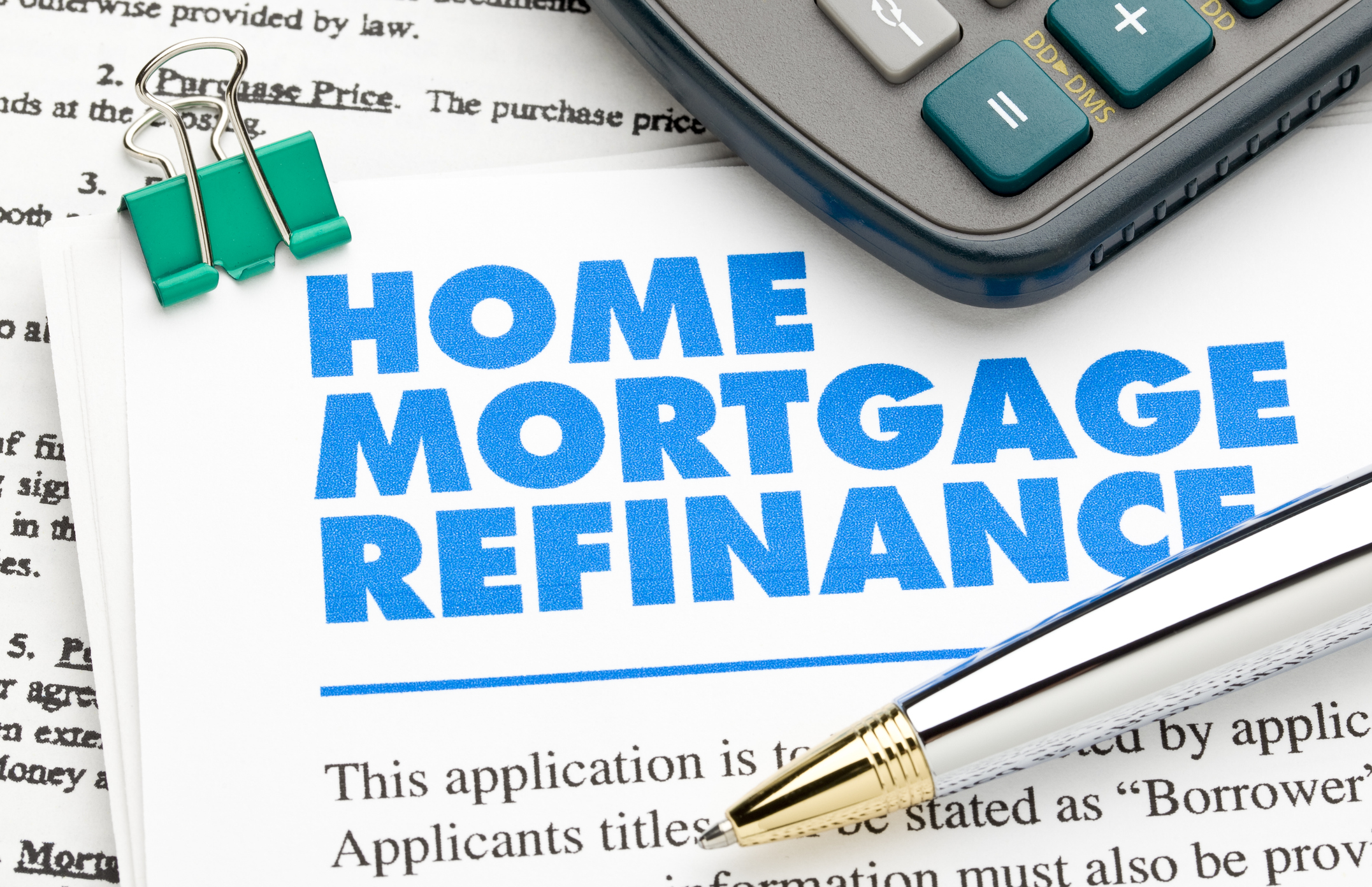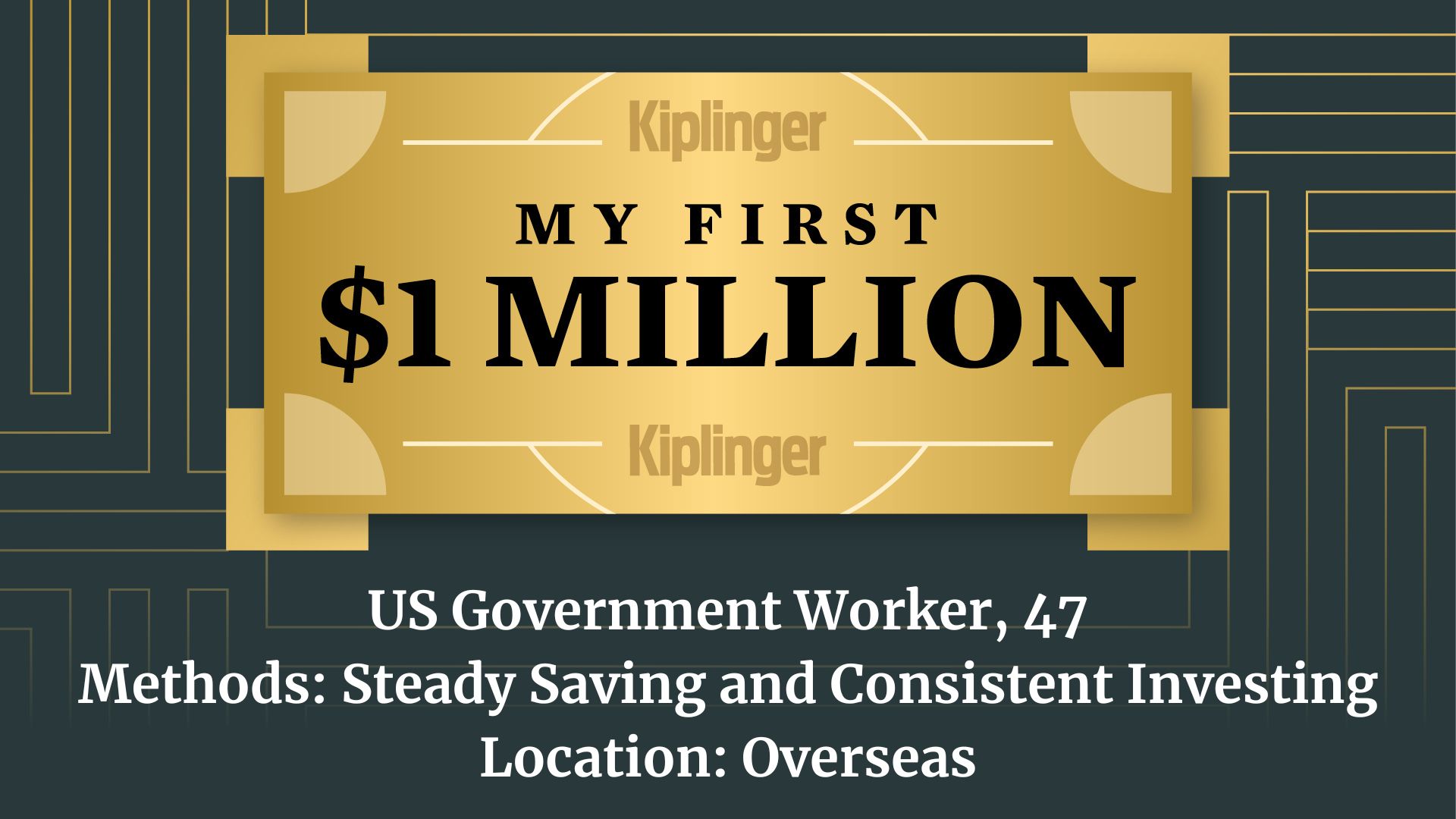State Farm Seeks Emergency Insurance Rate Hikes in California After Wildfires
State Farm is seeking emergency rate hikes of up to 38% for California homeowners, renters and landlords following wildfire losses.


State Farm General, the largest provider of Fire insurance in California, has requested an emergency rate hike of 22% for homeowners following one of the most expensive natural disasters in U.S. history. The company has already paid out over $1 billion in claims, with more expected in the coming months.
In a letter to the California Department of Insurance (CDI), State Farm argues that these increases are necessary to maintain financial stability and continue offering coverage in wildfire prone areas. “This request will help avert a dire situation for our customers,” the company stated.
California has an insurance crisis, as residents already pay some of the highest home insurance premiums in the country, and major insurers have pulled back from the market in recent years due to rising wildfire risks. With this latest request, homeowners could face even higher costs and fewer coverage options.
From just $107.88 $24.99 for Kiplinger Personal Finance
Become a smarter, better informed investor. Subscribe from just $107.88 $24.99, plus get up to 4 Special Issues

Sign up for Kiplinger’s Free Newsletters
Profit and prosper with the best of expert advice on investing, taxes, retirement, personal finance and more - straight to your e-mail.
Profit and prosper with the best of expert advice - straight to your e-mail.
The growing financial toll of wildfires in California
The recent wildfires in California have caused an estimated $135 billion to $150 billion in total damage and economic losses, according to AccuWeather. The Los Angeles region alone saw 12,000 homes destroyed, adding to the growing financial strain on insurers.
As of February 1, State Farm General has received more than 8,700 claims, already paying out over $1 billion, with additional claims expected. In a statement, the company emphasized that rate increases are necessary to cover future claims, given the growing risks in the state.
However, the California Department of Insurance has raised concerns about State Farm’s financial situation, questioning the justification for these rate hikes. "To protect millions of California consumers and the integrity of our residential property insurance market, the Department will respond with urgency and transparency to recommend a course of action for Commissioner Ricardo Lara," CDI stated.
Currently, there is no proposed timeline for approval or denial of State Farm’s request.
State Farm seeks sharp rate increases across California
State Farm is proposing substantial rate hikes across different property types, including:
- 22% increase for homeowners
- 15% increase for renters and condo owners
- Up to 38% increase for rental dwellings
The company cites rising wildfire risks and mounting financial losses as justification, claiming these increases are crucial to offset claims and ensure long-term stability.
However, consumer advocacy groups like Consumer Watchdog, have strongly opposed the request. Critics argue that homeowners should not bear the burden of corporate losses, especially when State Farm’s parent company holds $135 billion in reserves. They also point to State Farm’s $1.4 billion in profits from 2020 to 2022, questioning the timing and necessity of such a drastic hike.
State Farm has pursued similar increases before. A previous 20% rate hike took effect in March 2024. In June 2023, the company applied for a 30% rate increase totaling $1.3 billion, arguing that California policyholders — not its parent company — should help shore up its finances.
Other insurers, including Allstate and Farmers, have also sought double-digit rate increases or reduced their presence in California, citing similar financial pressures.
How homeowners can navigate rising insurance costs
With rising insurance costs and fewer options, California homeowners must explore alternatives to protect their properties. Some may turn to the California FAIR Plan, a last-resort insurance program for high-risk areas, though it often comes with higher premiums and limited coverage. Others might try bundled policies or regional insurers that still operate in wildfire-prone areas.
Another way to manage rising costs is through mitigation efforts to protect your home from natural disaster, which may make homeowners eligible for discounts or expanded coverage. For wildfires, this includes fire-resistant roofing, defensible space around properties and improved sprinkler systems. Some insurers, including State Farm, offer incentives for wildfire-resistant improvements but availability and savings vary.
Use our tool below, in partnership with Bankrate, to compare today’s home insurance rates:
State Farm’s proposed rate hikes underscore the worsening crisis in California’s home insurance market. Insurers face mounting wildfire-related losses, and homeowners struggle with rising costs. The outcome of State Farm’s emergency request will set a precedent for future rate increases and could influence how other insurers approach coverage in high-risk regions.
Beyond California, this issue has broader implications for other disaster-prone states, where hurricanes, floods and wildfires are driving higher insurance costs and insurer withdrawals. As regulators weigh consumer protection against insurer solvency, the uncertainty surrounding State Farm’s request leaves many homeowners wondering just how much higher premiums can go before coverage becomes unattainable.
Related content
Profit and prosper with the best of Kiplinger's advice on investing, taxes, retirement, personal finance and much more. Delivered daily. Enter your email in the box and click Sign Me Up.

Carla Ayers joined Kiplinger in 2024 as the eCommerce and Personal Finance Editor. Her professional background spans both commercial and residential real estate, enriching her writing with firsthand industry insights.
Carla has worked as a personal finance and real estate writer for Rocket Mortgage, Inman and other industry publications.
She is passionate about making complex real estate and financial topics accessible to all readers. Dedicated to transparency and clarity, her ultimate goal is to help her audience make informed and confident decisions in their financial pursuits.
-
 What to Watch for When Refinancing Your Home Mortgage
What to Watch for When Refinancing Your Home MortgageA smart refinance can save you thousands, but only if you know how to avoid costly pitfalls, calculate true savings and choose the right loan for your goals.
-
 The 10 Best Splurge Destinations for Retirees in 2026
The 10 Best Splurge Destinations for Retirees in 2026Come for the luxury vacation. Retire for the lifestyle (if the vacay goes well). What better way to test a location for retiring abroad?
-
 Builders Are Offering Big Mortgage Incentives — What Homebuyers Should Watch For
Builders Are Offering Big Mortgage Incentives — What Homebuyers Should Watch ForBuilder credits and below-market mortgage rates can ease affordability pressures, but the savings often come with trade-offs buyers should understand before signing.
-
 What to Watch for When Refinancing Your Home Mortgage
What to Watch for When Refinancing Your Home MortgageA smart refinance can save you thousands, but only if you know how to avoid costly pitfalls, calculate true savings and choose the right loan for your goals.
-
 The 10 Best Splurge Destinations for Retirees in 2026
The 10 Best Splurge Destinations for Retirees in 2026Come for the luxury vacation. Retire for the lifestyle (if the vacay goes well). What better way to test a location for retiring abroad?
-
 My First $1 Million: US Government Worker, 47, Overseas
My First $1 Million: US Government Worker, 47, OverseasEver wonder how someone who's made a million dollars or more did it? Kiplinger's My First $1 Million series uncovers the answers.
-
 What Changed on January 1: Check Out These Opportunities Created by the New Tax Law
What Changed on January 1: Check Out These Opportunities Created by the New Tax LawA deep dive into the One Big Beautiful Bill Act (OBBBA) reveals key opportunities in 2026 and beyond.
-
 Beat the Money Blues With This Easy Financial Check-In to Get 2026 Off to a Good Start
Beat the Money Blues With This Easy Financial Check-In to Get 2026 Off to a Good StartAs 2026 takes off, half of Americans are worried about the cost of everyday goods. A simple budget can help you beat the money blues and reach long-term goals.
-
 Is Home Insurance Tax Deductible?
Is Home Insurance Tax Deductible?With home insurance rates on the rise, you might be hoping to at least claim the cost as a tax deduction. Here's what you need to know ahead of tax season.
-
 4 Simple Money Targets to Aim for in 2026 (And How to Hit Them), From a Financial Planner
4 Simple Money Targets to Aim for in 2026 (And How to Hit Them), From a Financial PlannerWhile January is the perfect time to strengthen your financial well-being, you're more likely to succeed if you set realistic goals and work with a partner.
-
 How to Be a Smart Insurance Shopper: The Price Might Be Right, But the Coverage Might Not Be
How to Be a Smart Insurance Shopper: The Price Might Be Right, But the Coverage Might Not BeChoosing the cheapest policy could cost you when you have a loss. You'll get the best results if you focus on the right coverage with the help of a good agent.